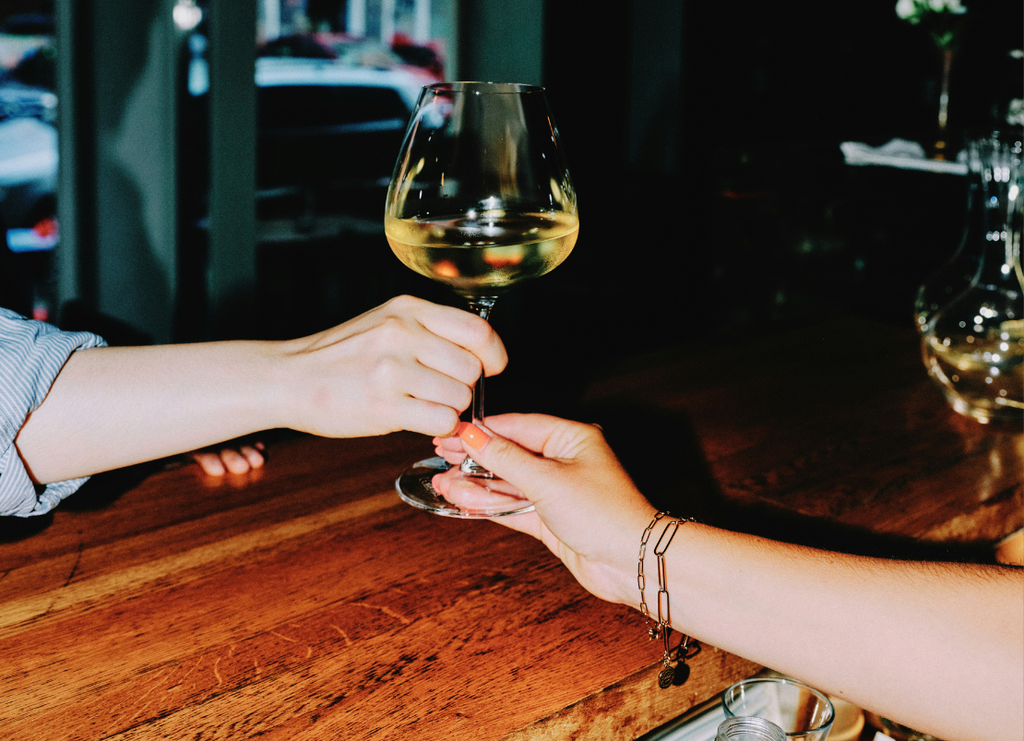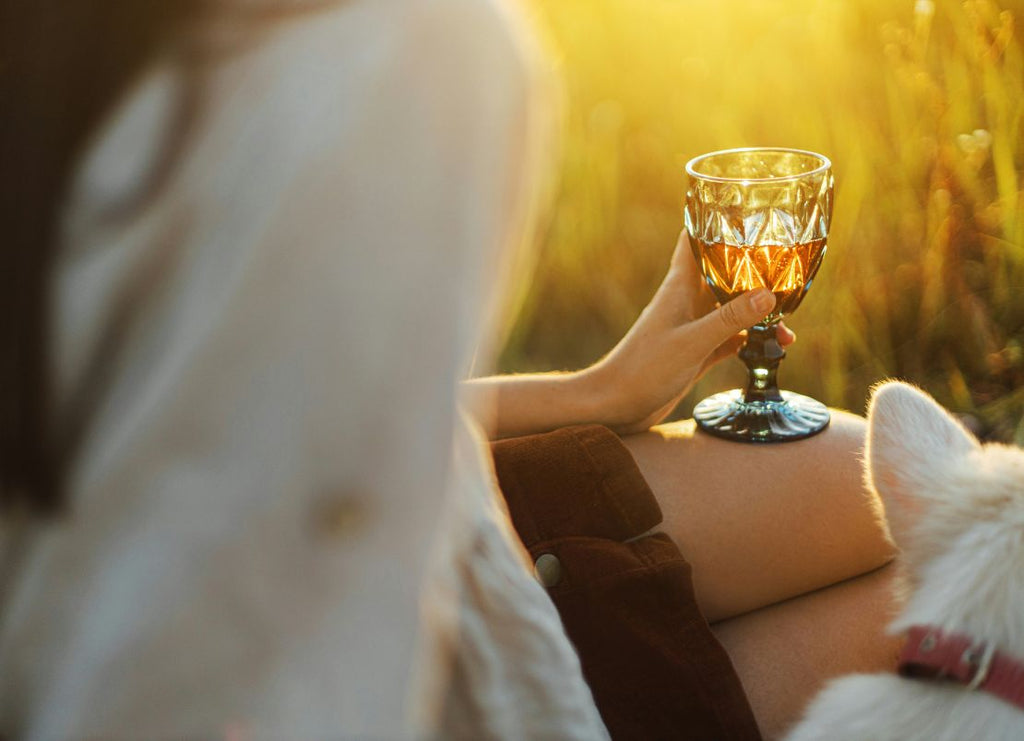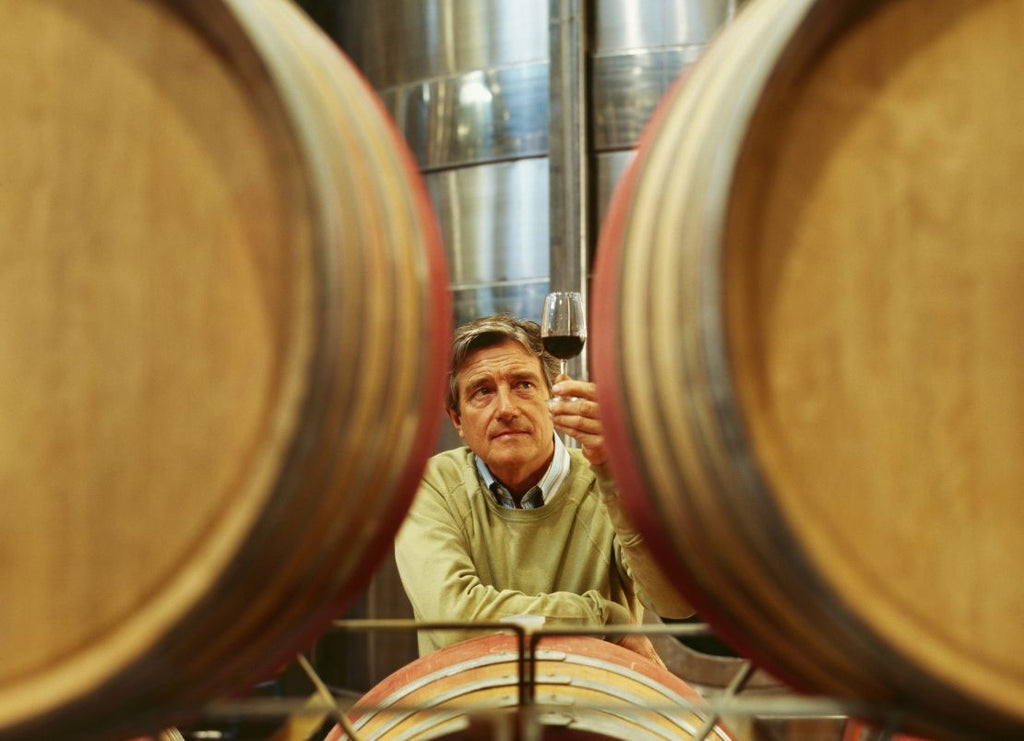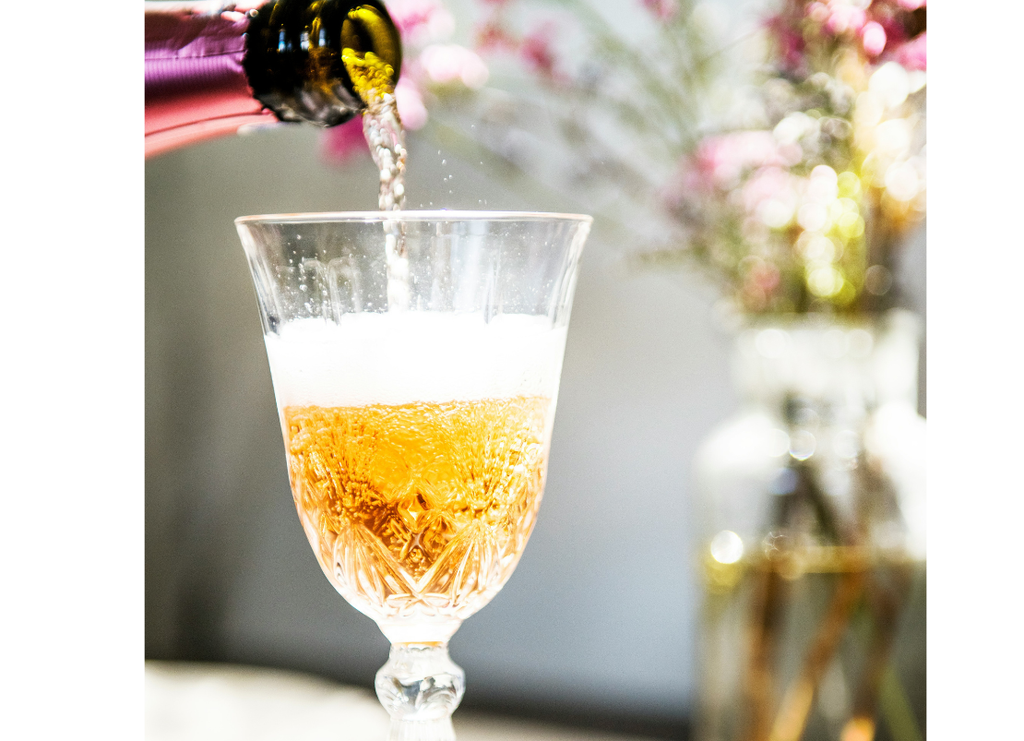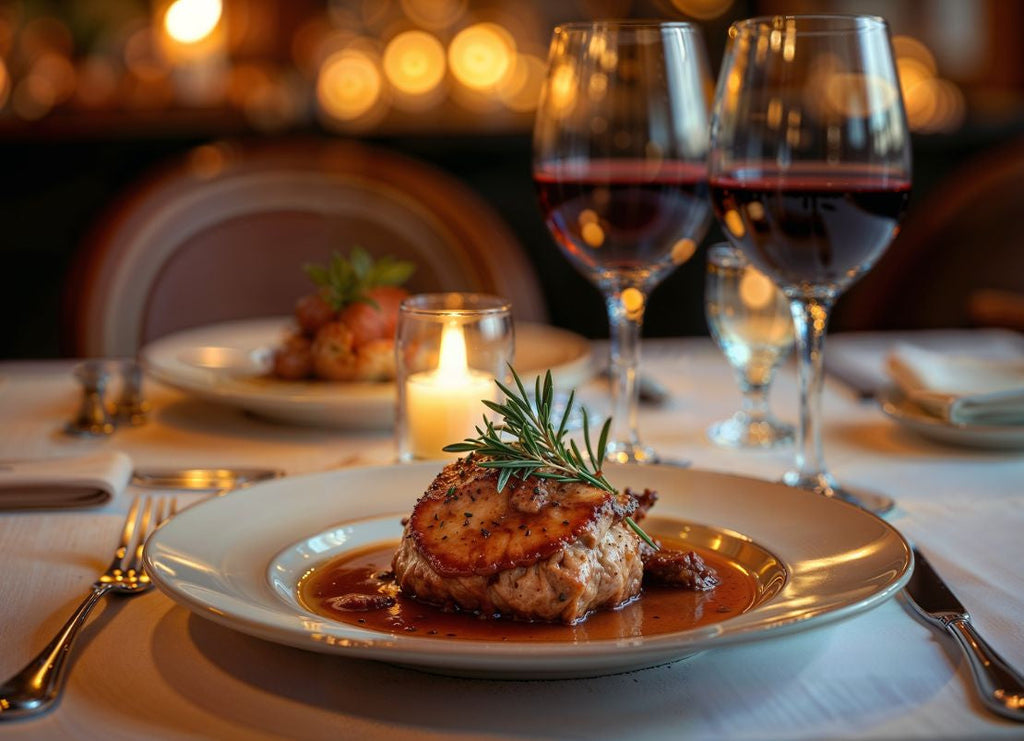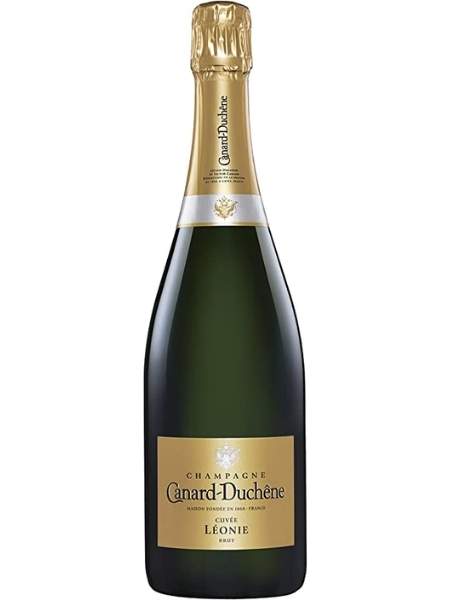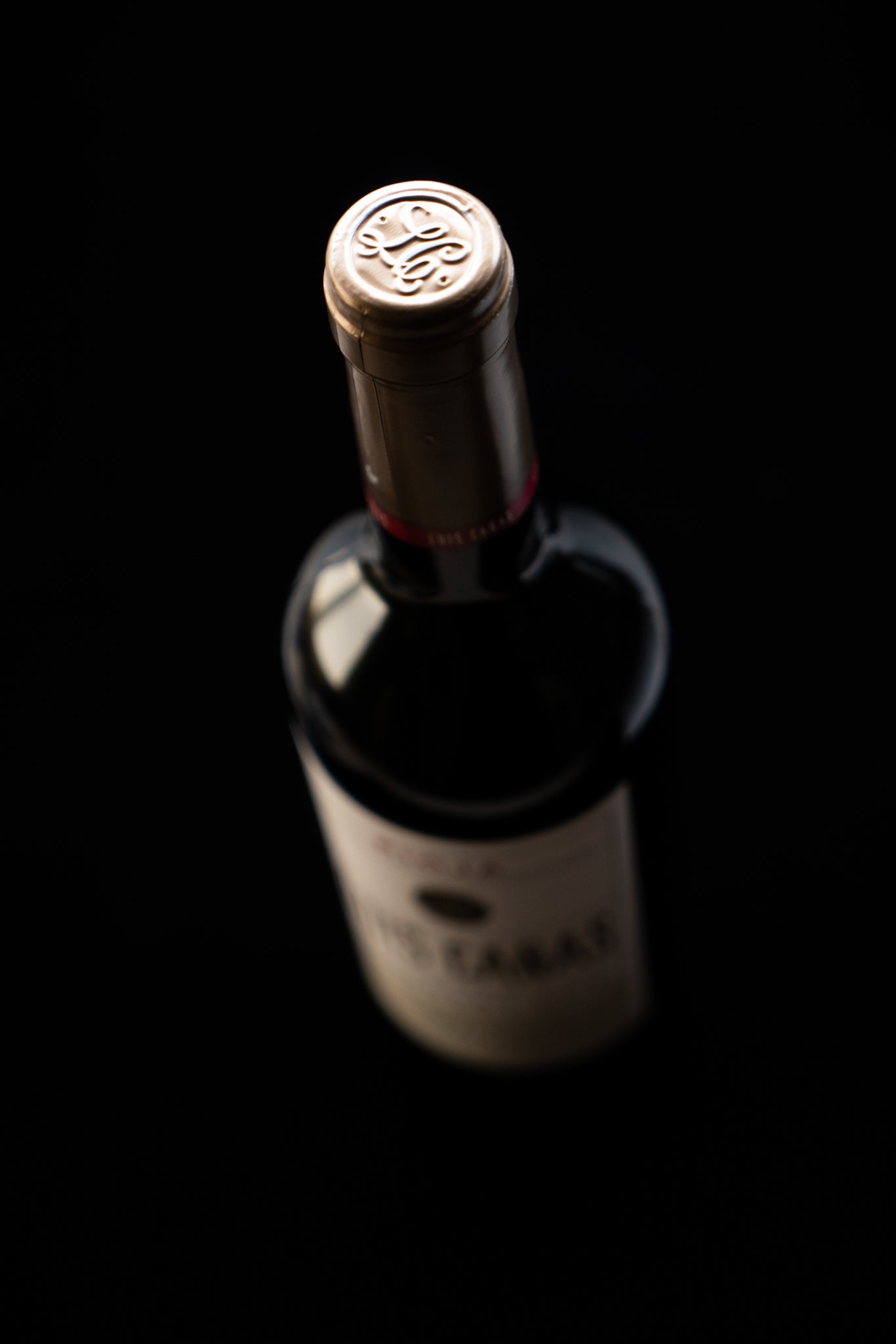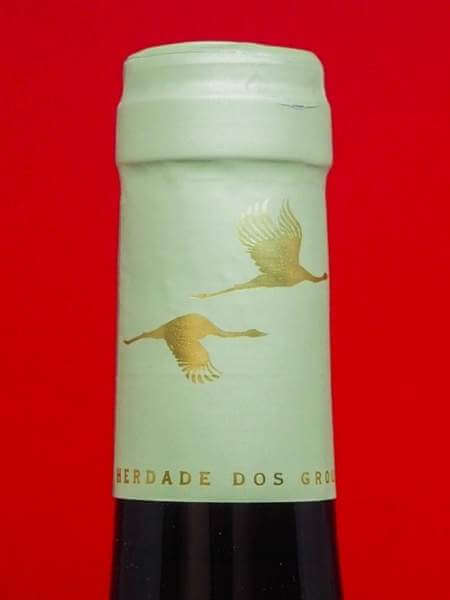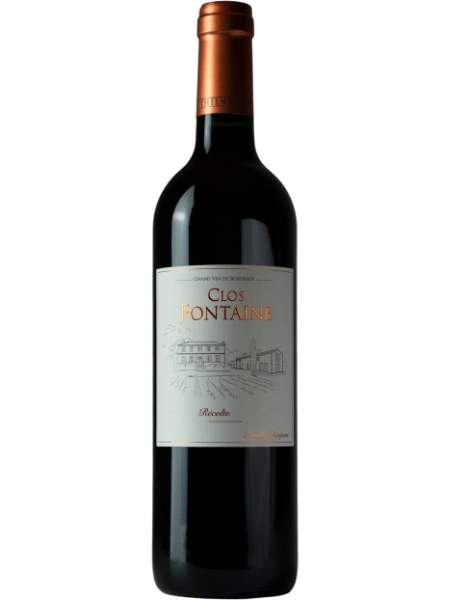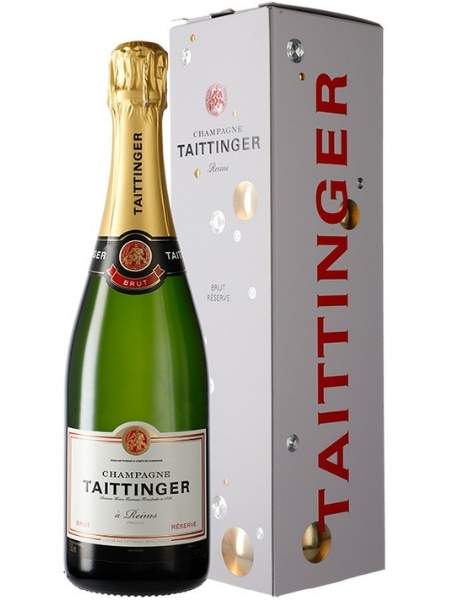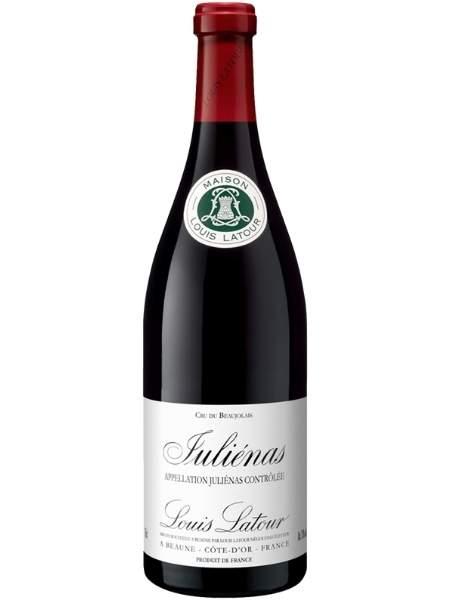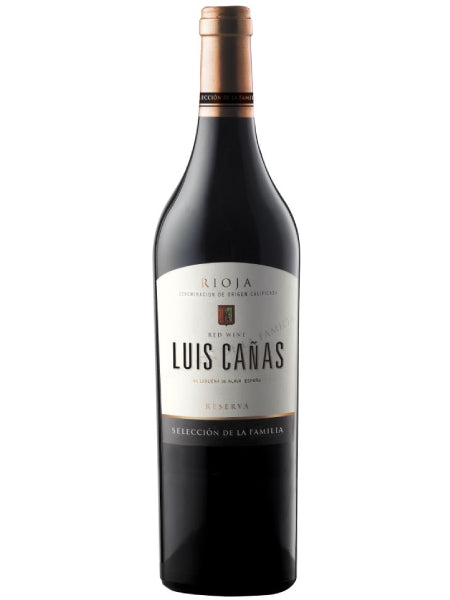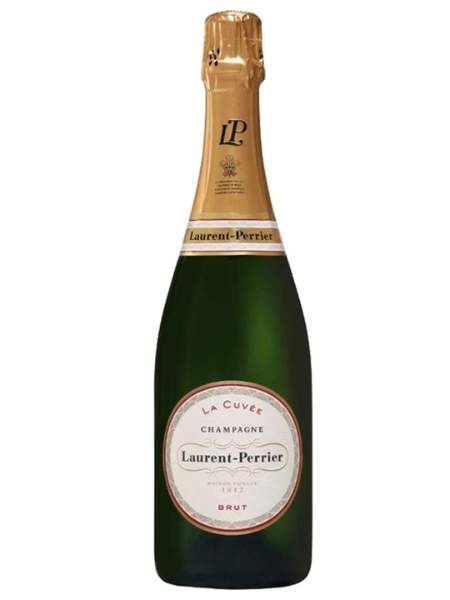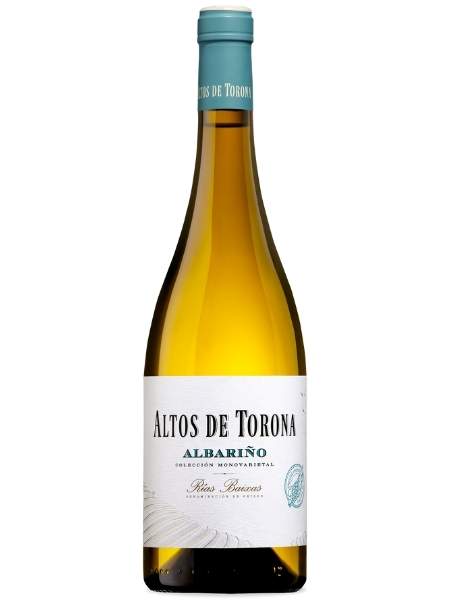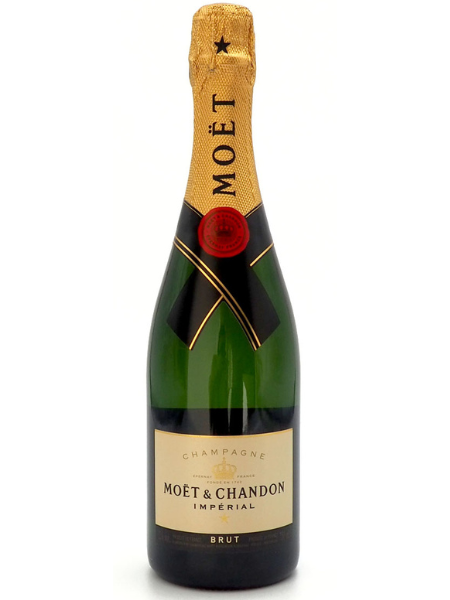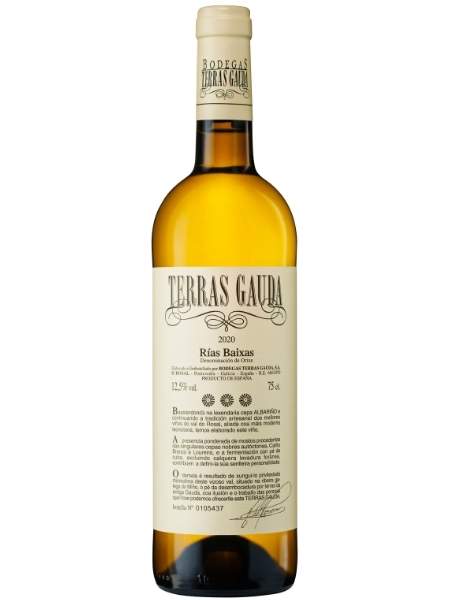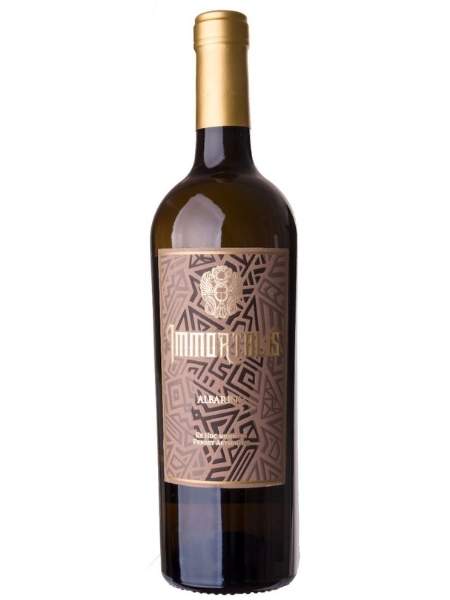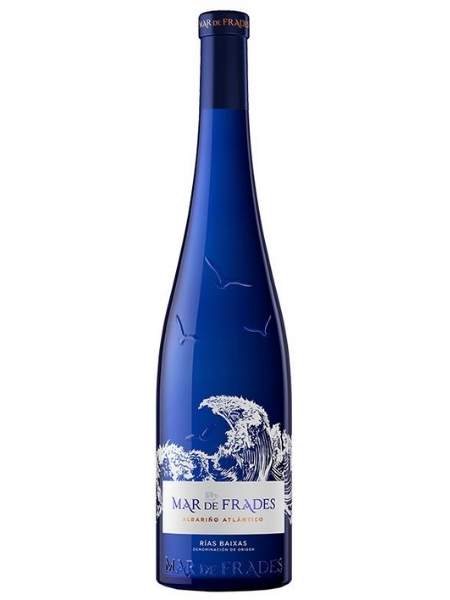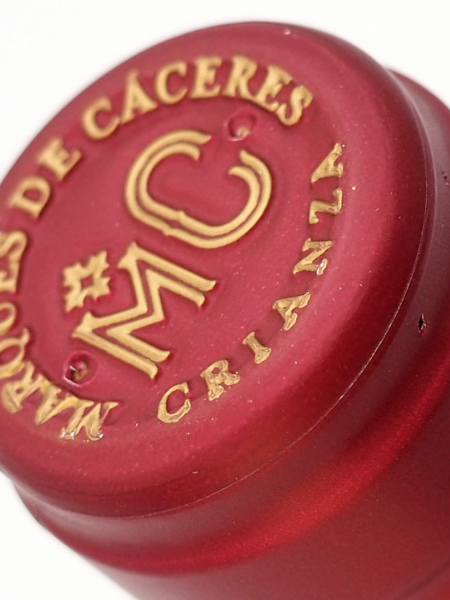
Château du Cedre

A.O.P. Cahors
France
Léon Verhaeghe and his family have a fascinating story that starts when WW1 is declared in 1914, forcing them to flee their home of Moorslede in Belgium.
Eventually settling in the Lot, his son Charles meets Marie-Thérèse Rives who owns a multi-crop farm. Together they plant their first hectare of vines alongside lavender which forms part of the popular terroir known today.
After self-taughtly bottling their own wine in 1973, Charles is diagnosed with Parkinson’s disease so Pascal and Jean-Marc return to the estate to help him out.
With plenty of knowledge and enthusiasm between them, quality becomes the priority and Château du Cèdre tops the Cahors appellation within 15 years.
Today Pascal's sons Jules and Robin are keeping up the pioneering spirit along with an awesome team.
Making the most of their grapes is something the winery strives for. They don't add any oenological inputs during the vinification process, choosing instead to work with native yeasts and without added sulphites.
This approach has led to some amazing results - richer tannins and more complex aromas! It's a skillful process that needs to be done carefully. Firstly, making sure the grapes are perfectly ripe and healthy is key; then comes the rigorous cleaning of the cellar.
Using 'pieds de cuve' technique encourages fermentation to start quickly, and controlling temperatures provides the best environment for yeast growth. With no oenological input involved, maturing their wines is just as important - it's a case of 'slow and steady wins the race'.
Malbec requires time to really let its character shine through, so using larger containers like 500-litre barrels or foudres is ideal, allowing them to develop in optimal temperature and hygrometry conditions without intervention.
Since the early 1990s, their thinking on organic agriculture has come a long way. They stopped using chemical weedkillers back in 1992 and completely gave up synthetic plant protection products by 2002. Fast-forward to 2012 and they were officially certified as organic.
Their vineyards are grassed between rows to preserve microbiological life and minimise soil compaction, with all other tasks such as pruning, thinning-out, de-budding, lifting, leaf removal and green harvesting still carried out by hand.
Every year the winery analyses branches and soil from the three vineyards to better understand the relationship between plant and soil - striving for that perfect balance for the vines.
When it comes to great wines, they generally come from old vines so their viticultural practices focus on keeping these precious old vines going. But of course their lifespan is limited so every year Château du Cedre works to replace them one by one as they reach the end of their life cycle.
Discover their wines here!

